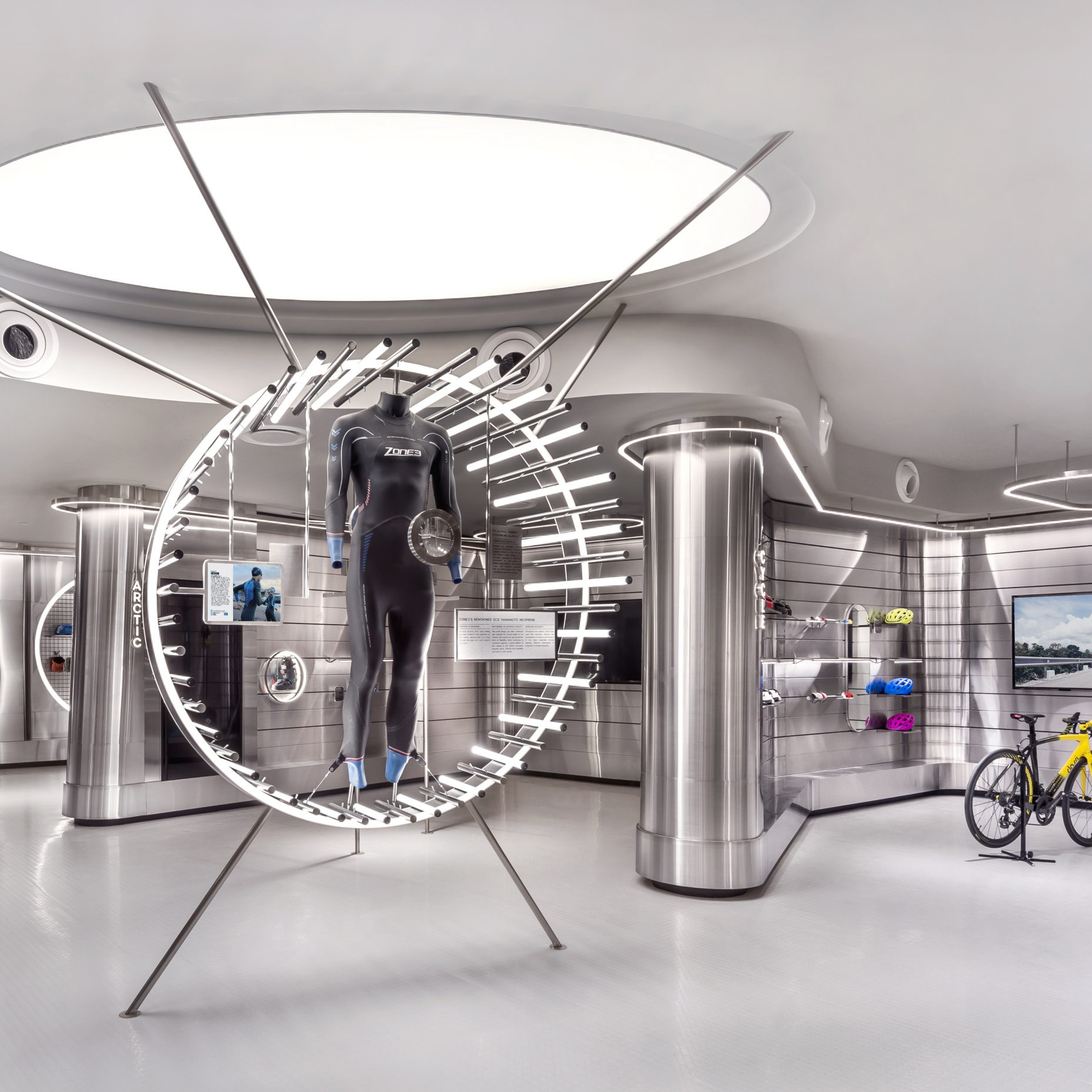When it comes to interior design, Scandinavian style has become a popular trend in recent years. Known for its clean lines, minimalistic approach, and functional design, Scandinavian decor has gained a reputation for being both stylish and practical.
At its core, Scandinavian design strives for simplicity, using a neutral color palette, natural materials, and a focus on functionality over ornamentation. In this article, we will explore the key characteristics that define Scandinavian design, and how to incorporate this timeless style into your own home.
Key Characteristics of Scandinavian Design
Color Palette
One of the most recognizable characteristics of Scandinavian design is the use of a neutral color palette. White, beige, and soft gray are commonly used as a base, which helps to create a sense of lightness and openness. These colors are often paired with black accents, which provide a bold contrast and add depth to the space.
In addition to these neutrals, Scandinavian design also incorporates natural wood tones, which add warmth and texture to the space. This can be achieved through the use of wooden furniture or as an accent in the form of a wooden accessory or accent wall.
Functional Design
Scandinavian design places a strong emphasis on functionality, with an emphasis on practicality over decoration. Furniture is often designed with multiple uses in mind, and storage is integrated wherever possible to maximize space.
This focus on functionality extends beyond furniture, with a preference for multi-purpose items such as blankets that can double as wall hangings or a ladder that can be used for both storage and decoration.
Natural Materials
Scandinavian design celebrates the beauty of natural materials, with a preference for using organic materials such as wood, leather, and wool. These materials add texture and warmth to the space, creating a cozy and inviting atmosphere.
In addition to using natural materials, Scandinavian design also favors an overall natural aesthetic. Plants are often used as decorative elements, and the use of natural light is prioritized to create a bright and uplifting atmosphere.
Incorporating Scandinavian Design into Your Home
Now that we have explored the key characteristics of Scandinavian design, let’s look at some tips for incorporating this style into your own home.
Choose a Neutral Color Palette
Start by selecting a neutral color palette for your space. Consider using white or light gray as a base, and incorporate black accents for contrast. Additionally, consider adding natural wood tones for warmth and texture.
Furniture with Multiple Uses
Choose furniture that is functional and multipurpose. Look for storage solutions that maximize space, and select pieces that can serve more than one purpose. For example, consider an ottoman that can be used for extra seating, as well as storage.
Natural Materials
Incorporate natural materials into your decor. Opt for wooden furniture or accessories, and consider adding plants to bring the outdoors inside. Use woven wool blankets or textured rugs to add warmth to the space.
Keep it Simple
Remember that Scandinavian design is all about simplicity. Keep your decor minimalistic and avoid clutter. Focus on a few key pieces, and let them stand out.
In conclusion, Scandinavian design is a timeless style that prioritizes functionality, simplicity, and natural materials. By incorporating these key characteristics into your own home, you can create a cozy and inviting atmosphere that is both stylish and practical.
Whether you opt for the classic white and natural wood combination or incorporate bold black accents, Scandinavian design offers a variety of options to suit your individual taste. So why not give it a try? Creating a space that is both functional and beautiful is just a few steps away.

















